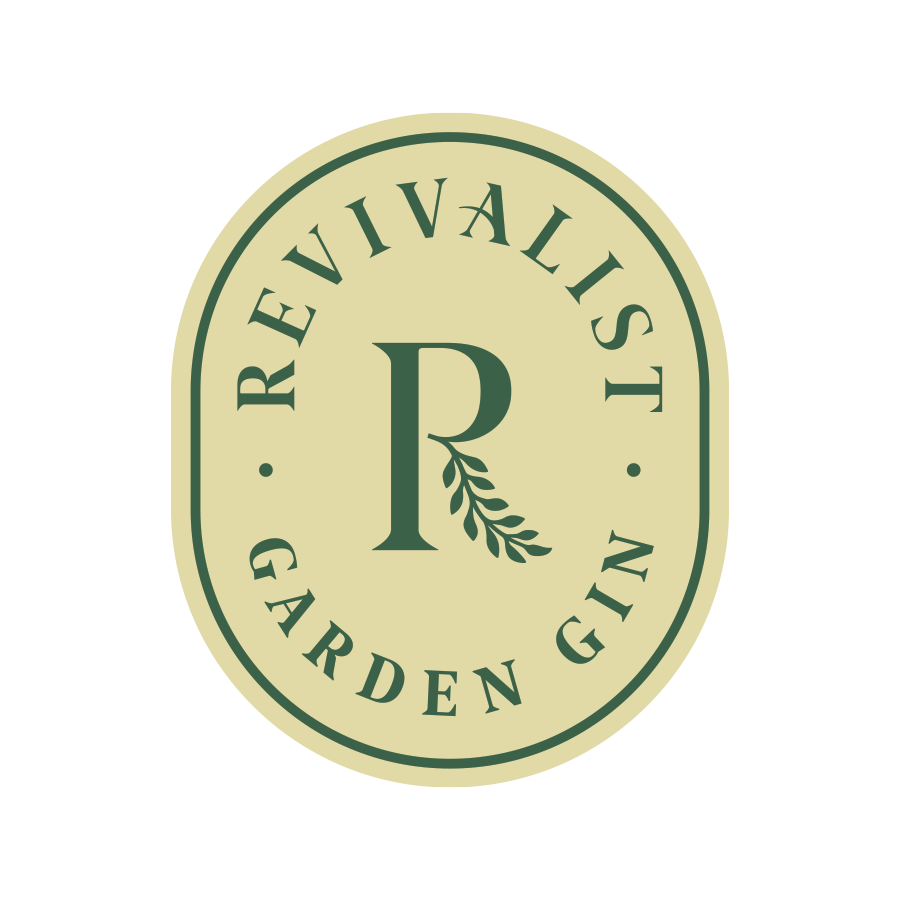How is Gin Made?
Gin Genesis: A Brief Introduction to the Spirit
There is an art, science, and craft to making gin and a centuries-long journey from medicinal remedy to sophisticated cocktail favorite. This intriguing botanical spirit is the descendent of the Dutch remedy, genever, whose first known mention was in a Dutch medieval manuscript dating back to 1350.
Early Dutch genever, distilled from malted barley with juniper, anise, caraway, coriander, and other botanicals, was sold in pharmacies to treat kidney and stomach ailments, lumbago, gallstones, and gout. By the 1600s, the Dutch remedy was in demand and traded throughout Europe. But when taxes were levied on imports coming into England and Scotland, entrepreneurs in Edinburgh decided to distill their version and made it their own by calling it ‘gin.’
Today's gin is a far more refined libation with more significant variation in taste, ranging from the juniper-forward London Dry to juniper-light craft styles. It is consumed globally and the foundational ingredient in some of the most popular and iconic cocktails like the Martini, Negroni, and Gin & Tonic.
Core Components: The Base Spirit and Botanicals
Like most distilled spirits, the process begins with a neutral base typically made from grains like corn, wheat, rye, or barley. But it’s the selection of botanicals that makes gin both exciting and distinctive. By law, it must contain juniper berries, which gives gin its characteristic flavor.
Beyond that, the distiller can add any combination of botanicals and may be influenced by local flora, culinary preferences, ethnobotanical practices, or cultural traditions. Many gins include botanicals such as coriander, citrus, angelica root, orris root, cardamom, cinnamon, and licorice.
From Grain to Glass: The Process
Fermentation
The first step in the process is fermentation, which begins when yeast is added to convert the carbohydrates in the grains to alcohol. This is called the mash, which has a very low alcohol content.
Heating The Mash
The mash is then heated in a still, where the alcohol vapor is concentrated, separated from the water due to different boiling points, condensed by cooling, and then collected in liquid form. The distillate contains alcohol and other volatile compounds that contribute to the taste and aroma of the spirit. Today, column stills are most often used to make gin.
Distillation
The distillation process may involve one or multiple runs through the still, depending on the desired final alcohol content and flavor profile. Generally, the more times the gin goes through the still, the less complex and flavorful it becomes.
Creating The Flavor
Introducing the botanicals can be done by the maceration or vapor infusion methods. Maceration produces a more intense flavor and involves steeping the botanicals in the alcohol, infusing the base spirit with their flavor like you would steep a cup of tea. Vapor infusion is the faster method and produces a lighter, more subtle flavor. The botanicals are placed in a separate chamber, allowing the alcohol vapor to pass through them and extract their flavors and aroma as the alcohol condenses.
Separation
Separation of the heart from the heads and tails of the distillate is where the fine art of distilling comes into play. The master distiller decides where to make the cuts, which determines much of the taste and aroma in the final product. The hearts contain the desired ethanol alcohol and flavor compounds, while the heads contain toxic alcohols like methanol and acetaldehyde. In the tails there is less ethanol and undesirable fusel oils.
Dilution
Dilution of the heart is the next critical step, as the distilled spirit typically has a higher alcohol content than is safe to drink. It is diluted with water to the desired ABV (alcohol by volume) and bottled. The bottling proof is determined by the type of spirit and regulations, which, for gin, is generally 35% to 55% or 90 to 110 Proof.
Filtration
Filtration is the final step before bottling. It removes impurities, which can impart off-flavors and give the gin a less transparent appearance. Filtering may also increase the flavor and aroma concentration of the botanicals while giving the gin a silkier mouthfeel and smoother taste.
World of Gin: Styles and Regional Variations
In addition to botanical variation, the way the gin is distilled, the base spirit used, and post-distillation treatment (such as barrel aging) can further contribute to the complexity and character of the final product.
Genever, the original Dutch gin, was made with malt spirit, juniper, and a variety of other botanicals. It has a maltier and more robust flavor compared to its more refined London Dry descendant.
London Dry Gin is a juniper-forward gin that doesn't have to be made in London but does have to be produced through redistillation. The botanicals, typically juniper, coriander, angelica root, and citrus peels, must be distilled with the neutral base spirit, and no flavors, sugars, or additives can be added after distillation. The gin must be distilled to at least 70% alcohol by volume (ABV), and the final product must be bottled at a minimum of 37.5% ABV.
Old Tom Gin is a slightly sweet style of gin that became prominent in the 1800’s. It bridges the gap between the older, sweeter Dutch gins and the dryer London Dry styles.
Plymouth Gin, originally from the English naval port city of Plymouth, is made with similar botanicals to a London Dry but is slightly sweeter with an earthier, more full-bodied flavor and has been made in a unique pot still for the past 150 years. Unlike London Dry, which is just a style of gin, Plymouth became a brand in 1882.
Sloe Gin is made by infusing gin with sloe berries, a type of wild plum that imparts a sweet and fruity flavor.
Barrel-Aged Gin derives additional flavor from the barrel used, which is often oak, and produces a smoother spirit than traditional gin. The aging process tends to mellow the sharpness of the juniper and add notes of vanilla, caramel, and sometimes even subtle spiciness to the gin.
Navy Strength Gin signifies a gin that is 57–58% ABV and similar to a London Dry with strong, bold flavors. Historically, it was issued by the British Royal Navy, which was actually 54.5% ABV.
Gin Expectations: Trends and Tastes
The gin category has been growing in popularity with a torrent of new craft and artisanal brands featuring innovative botanicals and taste profiles. It’s not surprising, as gin is on-trend with increased consumer interest in plant-based, natural products and exploring new tastes and experiences.


